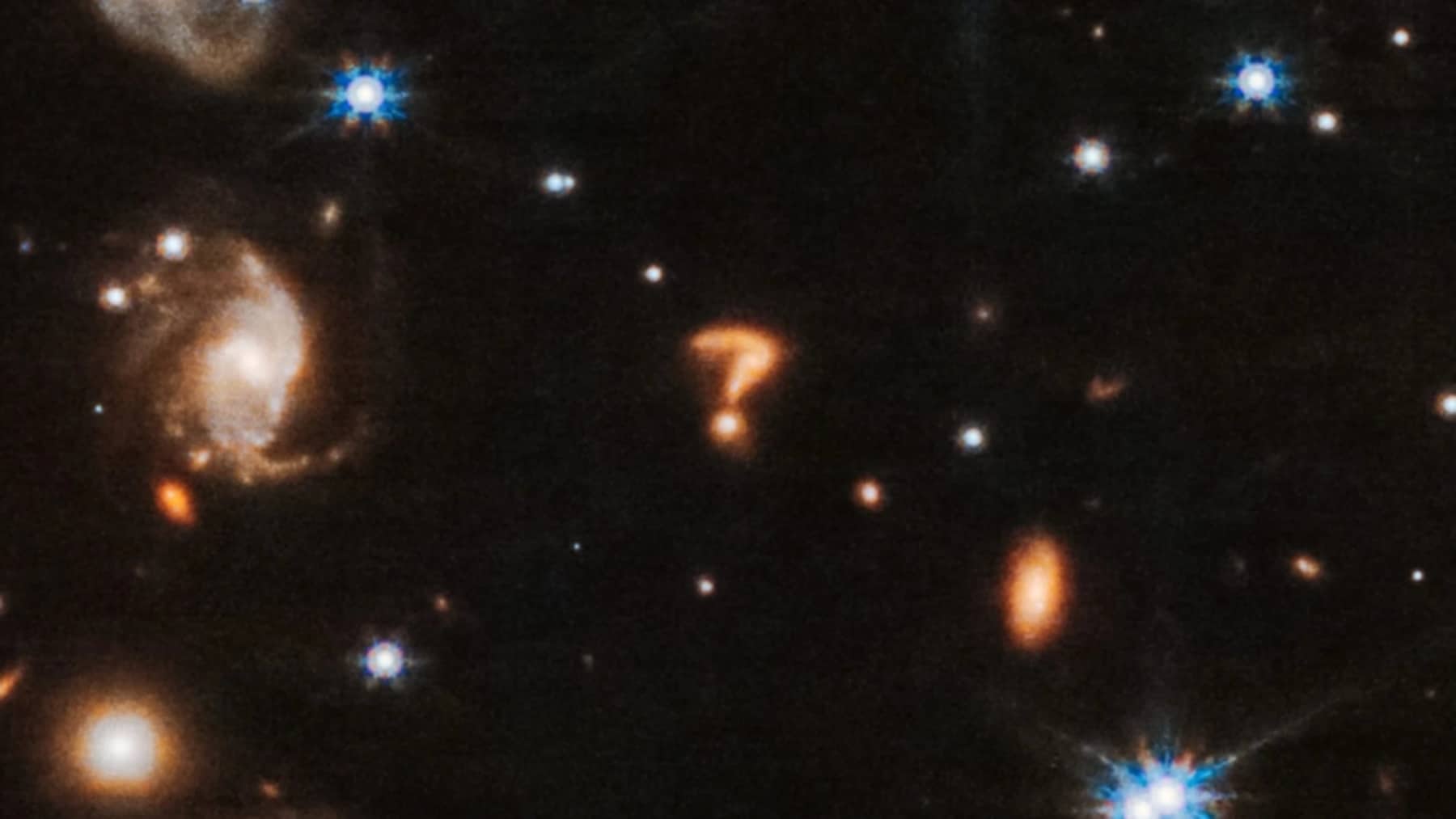One of America’s most famous natural wonders and national landmarks stands amid an important dispute between environmentalists and political forces. The recent agreements and discoveries regarding uranium mining in this region have scrutinised the area since they challenge energy requirements against environmental defence measures.
A billion-dollar discovery of uranium has reinvented the Grand Canyon as a critical location of interest.
Uranium mining activities in the Grand Canyon region received intense protests and debate over many years. The Pinyon Plain Mine is a primary dispute point because it operates near the South Rim of the Grand Canyon. Water pollution and environmental damage motivate opposition from environmental groups and tribal nations against the Pinyon Plain mine, where Energy Fuels Inc. operates.
Uranium demand escalated recently because utility companies are searching for renewable power solutions to tackle global warming. Due to rising market demand, mining operations have refurbished their activities across the region. According to Energy Fuels, the Pinyon Plain Mine uranium ore has enough potential to deliver the carbon-free energy needed to run Arizona state operations for over twelve months. The promising opportunities to exploit the resource hold dangerous hazards.
Currently, the Havasupai Tribe protects its ancestral territory through fierce resistance to mineral extraction activities.
The Havasupai Tribe, together with various Indigenous communities, strongly challenge the existence of uranium mining operations in the Grand Canyon region. According to their argument, mining operations endanger their water supply, cultural heritage, and traditional way of life. The Grand Canyon ancestral lands of the Havasupai Tribe have caused the members to express great concern about groundwater contamination.
Tribal leaders, together with environmental activists, staged demonstrations at the Pinyon Plain Mine site in August 2024 while drawing attention to past wrongs that Indigenous peoples experienced because of uranium mining operations. Member of the Havasupai Tribe Carletta Tilousi highlighted how essential safeguarding clean water and air resources is for future tribal community members. The tribe’s concerns are not unfounded, as past mining operations have left a legacy of contamination and health issues.
The Navajo Nation’s new uranium deal: A compromise or a risk?
The Navajo Nation formed an agreement with Energy Fuels Inc. to permit the transportation of uranium ore through their territory. The agreement established in January 2025 resolved the dispute when Energy Fuels Inc. started transporting Pinyon Plain Mine ore to its Utah mill site. The Navajo Nation made its first attempt to stop uranium mineral deliveries because it feared radioactive pollutants.
Various safety measures are incorporated into this agreement to protect the uranium ore during transportation. Energy Fuels will transport a maximum of 10,000 tons of waste material from defunct mines while offering owners funding to implement safer practices that protect the environment. Through its inspection program, the Navajo Nation evaluates transport trucks while limiting uranium ore shipment routes to certain dedicated periods each day for safety.
Future operations of uranium mines will determine whether ongoing threats exist for the Grand Canyon area.
Activists are still debating how uranium mining operations inside the Grand Canyon region should proceed. Aiming to solve mining problems, the Navajo Nation agreement exists while environmental organizations supported by tribal nations maintain their demand for a complete mining stop. Environmental groups maintain that water resources and ecological safety face too many dangers due to mining activity.
Governor Katie Hobbs from Arizona has petitioned the U.S. Forest Service to execute an additional Environmental Impact Statement review of the Pinyon Plain Mine project. After Arizona Attorney General Kris Mayes formally submitted her request the state continues to intensify its focus on the mine’s risks to Arizona groundwater sources. The rising need for clean energy will probably transform the Grand Canyon region into a site where different interests fight one another.
Finding an equilibrium between power needs, environmental defence, and historical preservation stands as the main obstacle in the region. The Grand Canyon stands at a critical juncture because billions of dollars and Indigenous community welfare face imminent threats. The Navajo Nation agreement provides a solution to specific concerns but still unsettles the comprehensive discussion about uranium mining in the area. The Grand Canyon demonstrates how human advancement competes against natural resource conservation in pursuing clean energy solutions.














